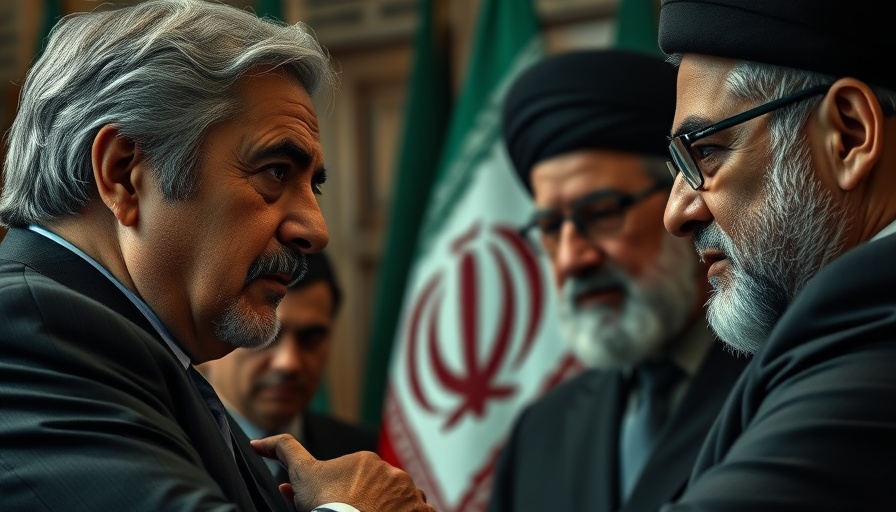
Understanding Trump's Policy Influences on Iran
The question of who holds influence over former President Donald Trump's perspectives and policies regarding Iran is shadowed by a complex interplay of political advisors, lobbyists, and ideological allies. As Trump gears up for a potential second term in 2025, discerning the key figures advising him on one of the most volatile geopolitical landscapes has become crucial.
The Weight of Advisors
Trump has a long history of relying on a select group of advisors who share his hardline stance on Iran. Figures such as former National Security Advisor John Bolton and Secretary of State Mike Pompeo significantly shaped his tenure's approach to Iran, favoring policies aimed at countering Iran's influence in the Middle East. Should Trump return to office, understanding whether these individuals will play a central role in shaping future policies remains essential.
Influential Supporters Beyond the White House
Beyond the formal advisory structure, Trump's influence is notably bolstered by external supporters. Advocacy groups, think tanks, and influential donors play a vital role in shaping his narrative on Iran. Their lobbying efforts often amplify his hardline rhetoric, pushing for sanctions and military options that reflect the interests of stakeholders in the defense and energy sectors.
A Glimpse into Future Trends
As Trump contemplates his policies on Iran, several trends may emerge. The shifting balance of power in the Middle East, particularly regarding relations between Iran and neighboring countries like Saudi Arabia and Israel, may significantly influence Trump’s strategic decisions. Additionally, the broader implications of U.S.-China relations could also shape his stance, as both countries vie for influence in the region.
Counterarguments: The Voices of Diplomacy
While the hawkish approach has been a hallmark of Trump's previous administration, voices advocating for diplomacy and negotiation are present within Republican circles. Some argue that fostering dialogue with Iran could stabilize the region and reduce the risk of conflict. Understanding these contrasting viewpoints is essential in predicting how Trump will navigate a delicate landscape filled with potential flashpoints.
What This Means for Business and Security
The implications of Trump’s Iran policy extend beyond politics. For businesses, especially those in sectors like commercial real estate and venture capital funding relying on stability in political environments, understanding these dynamics is paramount. A hardline approach could signal increased sanctions and operational risks, while a more diplomatic route might open doors for international partnerships.
Local Perspectives and Economic Implications
In the Bay Area, where Silicon Valley startups thrive on innovation and global markets, any shifts in U.S. foreign policy towards Iran could have significant ramifications. Many tech firms have interests that extend internationally, and changes in trade dynamics or sanctions could affect everything from business growth strategies to corporate partnerships. Thus, local entrepreneurs and business leaders ought to keep a keen eye on the evolving political landscape.
The Takeaway: Being Prepared for Change
As Trump considers his approach to Iran and potential policymaking influences, stakeholders—from business leaders to citizens—should remain informed and adaptable. Understanding who influences these critical decisions can empower individuals and organizations to navigate the potential upheavals in both foreign and local business environments.
 Add Row
Add Row  Add
Add 



Write A Comment